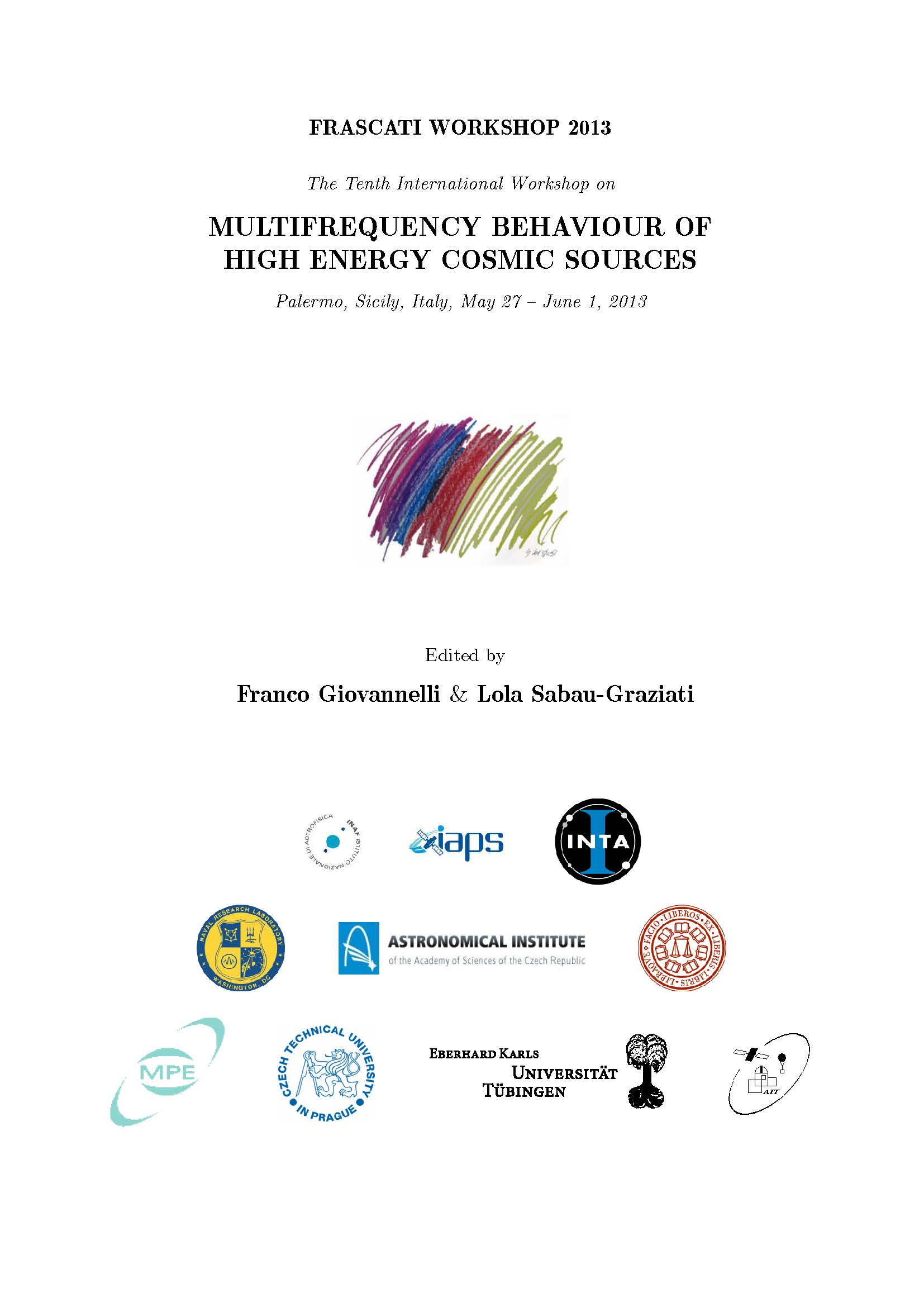Star Formation in Tadpole Galaxies
DOI:
https://doi.org/10.14311/APP.2014.01.0096Abstract
Tadpole Galaxies look like a star forming head with a tail structure to the side. They are also named cometaries. In a series of recent works we have discovered a number of issues that lead us to consider them extremely interesting targets. First, from images, they are disks with a lopsided starburst. This result is rmly established with long slit spectroscopy in a nearby representative sample. They rotate with the head following the rotation pattern but displaced from the rotation center. Moreover, in a search for extremely metal poor (XMP) galaxies, we identied tadpoles as the dominant shapes in the sample - nearly 80% of the local XMP galaxies have a tadpole morphology. In addition, the spatially resolved analysis of the metallicity shows the remarkable result that there is a metallicity drop right at the position of the head. This is contrary to what intuition would say and dicult to explain if star formation has happened from gas processed in the disk. The result could however be understood if the star formation is driven by pristine gas falling into the galaxy disk. If conrmed, we could be unveiling, for the rst time, cool ows in action in our nearby world. The tadpole class is relatively frequent at high redshift - 10% of resolvable galaxies in the Hubble UDF but less than 1% in the local Universe. They are systems that could track cool ows and test models of galaxy formation.Downloads
Download data is not yet available.
Downloads
Published
2014-12-04
Issue
Section
Articles
How to Cite
Muñoz-Tuñon, C., Almeida, J. S., Elmegreen, D. M., & Elmegreen, B. G. (2014). Star Formation in Tadpole Galaxies. Acta Polytechnica CTU Proceedings, 1(1), 96-102. https://doi.org/10.14311/APP.2014.01.0096



